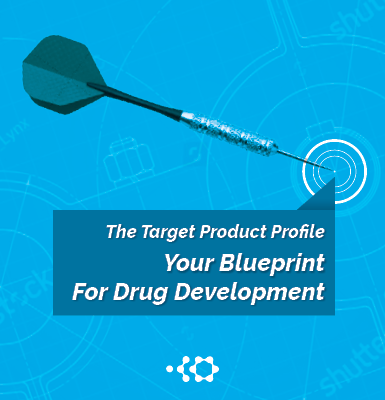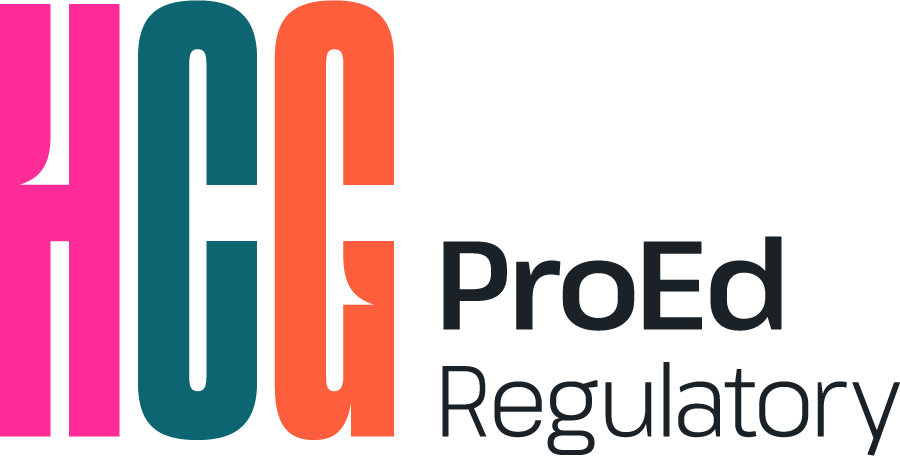The Target Product Profile—Your Blueprint for Drug Development
 When utilized to its full potential, the Target Product Profile (TPP) is a dynamic, living document that ensures all stakeholders—clinical, regulatory, quality and manufacturing, commercial, market access, and medical affairs—are working from the same blueprint. Unfortunately, the TPP often has a bad rap within industry because many people think it is too rigid for today’s drug development environment. But often that reflects a failure to truly collaborate or a tendency to let the TPP get stale. To be effective, the TPP must be continually updated based on changes in the data and the competitive landscape. When companies take a balanced approach to developing the TPP and have a dynamic process that allows them to monitor and adapt it, as needed, they build agility into their drug development program that allows them to make critical go/no-go decisions or course corrections when necessary.
When utilized to its full potential, the Target Product Profile (TPP) is a dynamic, living document that ensures all stakeholders—clinical, regulatory, quality and manufacturing, commercial, market access, and medical affairs—are working from the same blueprint. Unfortunately, the TPP often has a bad rap within industry because many people think it is too rigid for today’s drug development environment. But often that reflects a failure to truly collaborate or a tendency to let the TPP get stale. To be effective, the TPP must be continually updated based on changes in the data and the competitive landscape. When companies take a balanced approach to developing the TPP and have a dynamic process that allows them to monitor and adapt it, as needed, they build agility into their drug development program that allows them to make critical go/no-go decisions or course corrections when necessary.
By using the TPP to ensure everyone is on the same page, drug developers can avoid costly delays when, for example, manufacturing isn’t ready to scale up to commercial production when the phase 3 data comes in ahead of schedule. Keeping a close eye on the evolving therapeutic landscape helps the development team anticipate what data will be needed to support labeling claims that may serve as a key differentiator from the competition and provide added value in the marketplace. So let’s look at how a dynamic TPP—one that is proactively updated—can help achieve the critical success factors introduced in the last installment.
You may ask yourself, absent a crystal ball, how can a company define the target indication in light of the anticipated unmet medical need at the time of launch? That would require anticipating where the field is going to be in 5 to 10 years—which is easier said than done. The key is to build flexibility into the clinical development program that will allow a minor pivot to the left or right without derailing the whole program when the competitive landscape changes. For example, this may require careful evaluation of efficacy in patient subsets and incorporation of biomarkers into the program that will allow the target indication to be redefined, if necessary. Failure to do so could mean conducting another costly phase 3 trial. Close monitoring of the competitive landscape allows the team to make real-time changes to a dynamic TPP and appropriate modifications to the clinical development program as needed.
It is also critical to build a well-functioning multidisciplinary team that is able to infuse patient and payer insights when designing the optimal product profile. Doctors and payers want drugs that offer a clinically meaningful benefit over existing therapy, whereas patients often have concerns about safety and want a drug regimen they can easily follow. For example, introducing a twice-daily drug into a market just as competitors introduce once-daily alternatives would be very difficult in the absence of a meaningful advantage over the competition. Realizing this early on affords the global asset development team valuable time to work on designing a formulation that could potentially extend the half-life and allow once-daily dosing. In addition, payers are demanding rigorous evidence of clinical differentiation against appropriate comparators. Failure to provide this evidence can have devastating consequences in many markets these days.
Third, it is important to foster collaboration with outside stakeholders, including thought leaders, payers, and regulatory authorities, and the TPP can be a catalyst for such collaboration. For example, in the final stage of clinical development, the TPP will streamline discussions between the sponsor and health authorities by providing a template for the sponsor to elaborate key labeling concepts and strategies.1 Developing a collaborative relationship with regulatory authorities like FDA and EMA early in development is a great way to obtain much-needed feedback that will inform strategic decisions along the way. The FDA has been striving to increase collaboration with sponsors ever since they developed the concept of the TPP in 1997.1 Reimbursement authorities are equally willing to engage sponsors early. For example, NICE in the United Kingdom and G-BA in Germany have formalized early advice procedures that sponsors should leverage to inform their TPP and global development strategy.
Finally, it’s critical to define the optimal product profile with the end user and market(s) in mind. Your TPP can keep you on the right path, but it is only as good as the timeliness of the information it reflects. The key is to dynamically re evaluate the strategy on a regular basis, not just at major milestones. The data coming from the clinical development program should be evaluated against data from competitor products in development and/or the current standard of care to inform modifications to the TPP. Doing so will facilitate strategic decisions that will improve your odds of success.
In summary, developing a new drug and getting it approved in today’s competitive environment is a costly and high-risk enterprise. But developing a TPP and proactively updating it can improve the odds of success by facilitating strategic decision making and collaboration with key stakeholders.
 Jeff Riegel, PhD, combines his scientific expertise with more than 20 years of global healthcare agency experience to guide medical and regulatory communication strategies for biopharma companies large and small. Jeff has developed strategies, messages, and presentations for multiple FDA Advisory Committee meetings. He also directs publications planning and execution in oncology and other therapeutic areas. Connect with Jeff on LinkedIn.
Jeff Riegel, PhD, combines his scientific expertise with more than 20 years of global healthcare agency experience to guide medical and regulatory communication strategies for biopharma companies large and small. Jeff has developed strategies, messages, and presentations for multiple FDA Advisory Committee meetings. He also directs publications planning and execution in oncology and other therapeutic areas. Connect with Jeff on LinkedIn.
Reference
- Target Product Profile — A Strategic Development Process Tool. Food and Drug Administration Draft Guidance. 2007. http://www.fda.gov/downloads/drugs/guidancecomplianceregulatoryinformation/guidances/ucm080593.pdf. Accessed August 13, 2015.
